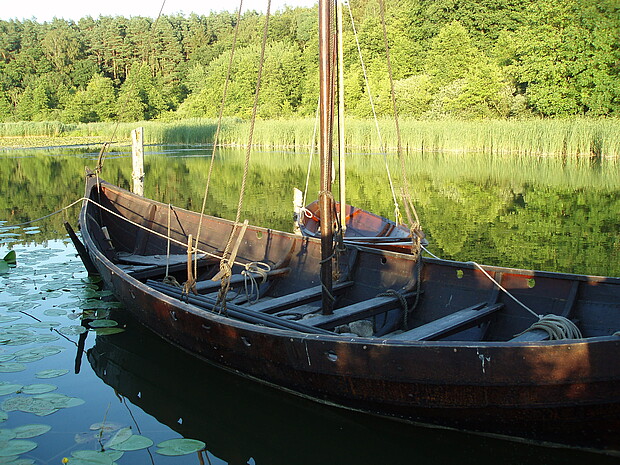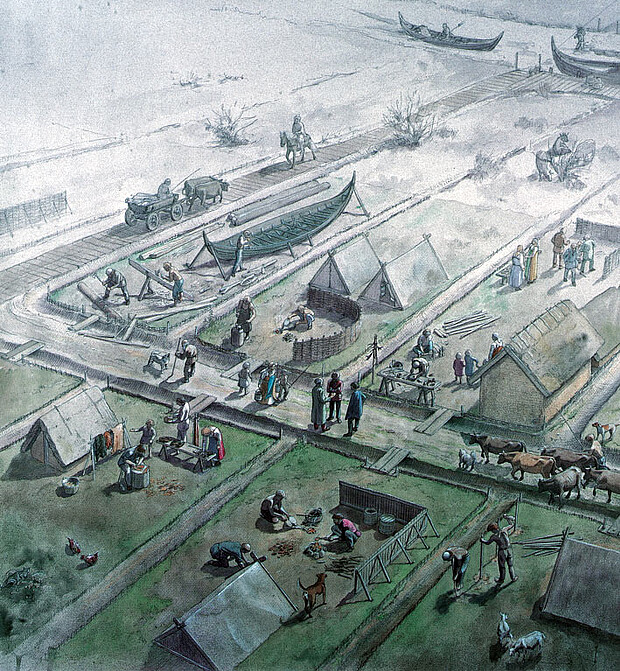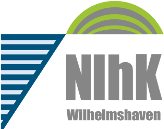Early networks – Communication and exchange in the 1st and 2nd millennium


In the past 2000 years, coastal communities have had access to information and goods from other cultures. Marine trade routes that lead to the Roman or the Frankish Empire during the 1st to 6th century or to Anglo-Saxon Britain and Scandinavia in the period from the 7th to 12th century were particularly important. Researching the networks that were specifically set up for this purpose, primarily using water transport, has been a research focus of the NIhK for more than 10 years. In doing so, our focus encompasses the individual landing points and ports at which the boats and ships could exchange their cargo, as well as the form and scope of the trans-regional trade. Another focus is the reconstruction of the social conditions that made the exchange of goods possible or arose from it.
At present some research projects are assigned to this focus. They are dedicated to the reconstruction of landscape variations but also to the changes of daily life and social systems in the northern German coastal area since the turn of the eras:
Current:
Storage and analysis of botanical macroremains
Bernuthsfeld
Das Gräberfeld Nienbüttel
Elstorf
Pottery traditions of Early Medieval shell-tempered pottery in northwestern Central Europe
The Borgsumburg on the North Frisian island Föhr
Completed:
Dunum - graveyard and accumulated soils
Elsfleth - beach market and landscape
Romans and Germans in Bentumersiel
Feddersen-Wierde textiles research
